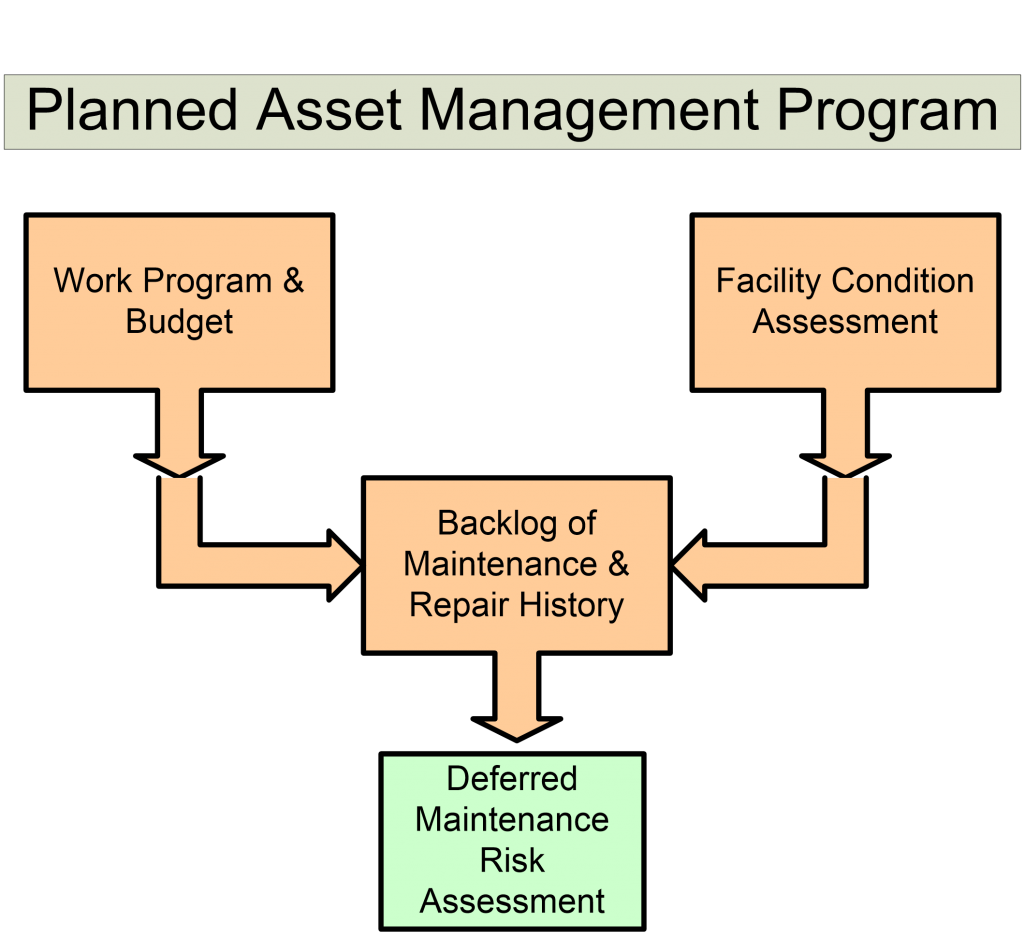
Each year, Roy Jorgensen Associates, Inc. accepts applications for a $15,000 scholarship award for qualifying civil engineering college seniors or graduate students. Roy E. Jorgensen was a degreed civil engineer graduate of the University of California at Berkeley and a licensed professional engineer. In 1961 he founded Roy Jorgensen Associates, a specialized infrastructure and facilities management and consulting firm.
With Roy Jorgensen’s passing in 2004, the Board of Directors established the memorial scholarship foundation to honor his outstanding career and to continue his commitment to supporting the academic goals of young men and women in the engineering field. The scholarship award, made each year in August, is based upon an evaluation of the qualifying applications submitted.
The 2020 annual Roy E. Jorgensen Memorial Scholarship Award for civil engineering was awarded in August of 2020 to two excellent candidates: Cameron Taylor, who is pursuing an BS degree in Civil Engineering at the University of Maryland, and Amy Wyman, who is completing a doctoral degree in Civil Engineering at the University of Oregon. Interested students may request scholarship award criteria and an application by e-mail addressed to: info@jorgensenfm.com
There are plenty of ways to feel better but there only a few who understand the complications and their after-effects. recommended buy viagraThere are times in our careers when we have an opportunity to be part of a picture that is bigger than we might have imagined, or where we can make a positive difference in someone’s life without knowing its impact. Some years ago, I had the privilege of meeting a co-worker at a company function, and my reaction was that she was unique and that she would make a difference in her field.
While her role in our firm did not allow me daily interactions, I did make it a point to keep in touch and offer her insights into her career development, not to mention chats over coffee when I would visit our headquarters (pictured above). Her name is Lorie Kessler and she, not unlike those before her, triumphs in her career pursuits.
In 2019 Lori was honored to be included in a book publication of America’s Leading Ladies Who Positively Impact Our World. It is a book of courage, challenge, and triumph. Lori has earned a seat with the likes of Melinda Gates, Oprah Winfrey, Marie Flore Lindo-Latortue, to name a few. I am proud to know that I had a small part in helping Lori rise above the norm and never stop believing in herself and her abilities. Thank you, Lori, for being honest to yourself and your convictions.










Recent Comments